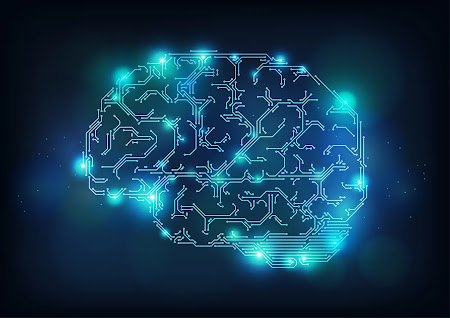Mastering Deep Learning Models with Keras: A Comprehensive Guide
Deep Learning has seen tremendous growth and has shown promising results in various domains like computer vision, natural language processing, speech recognition, etc. Keras, an open-source deep learning framework written in Python, has made it easier to build and train deep learning models. In this article, we will explore the Keras framework in depth and learn how to build, train and evaluate different types of deep learning models with Keras.
##Overview
This tutorial is divided into several sections that cover different aspects of building deep learning models with Keras. We will begin with an introduction to Keras and its features. Then we will dive into the Keras model life-cycle, which includes defining the problem, preparing data, defining the model, training the model, evaluating the model, and using the model for prediction. We will also cover Keras functional models and standard network models.
##Keras Model Life-Cycle
The Keras model life-cycle is a step-by-step process for building and training deep learning models. The first step is defining the problem and preparing the data. The second step is defining the model architecture. The third step is compiling the model with appropriate loss functions, optimizers, and metrics. The fourth step is training the model on the prepared data. The fifth step is evaluating the model's performance on a test set. Finally, the last step is using the trained model to make predictions on new data.
Let's take a closer look at each of these steps.
###Define the Model
Defining a model in Keras is straightforward. We can use the Sequential class to create a model that consists of a linear stack of layers. Alternatively, we can use the functional API to define models with more complex architectures.
Here is an example of how to define a simple linear stack model with the functional API:
from tensorflow.keras.layers import Dense, Input
from tensorflow.keras.models import Model
input_layer = Input(shape=(10,))
hidden_layer = Dense(64, activation='relu')(input_layer)
output_layer = Dense(1, activation='sigmoid')(hidden_layer)
model = Model(inputs=input_layer, outputs=output_layer)
This model has one input layer, one hidden layer with 64 units and ReLU activation, and one output layer with a single unit and sigmoid activation.
###Compile the Model
After defining the model, we need to compile it. This step involves specifying the loss function, the optimizer, and the evaluation metrics.
model.compile(loss='binary_crossentropy', optimizer='adam', metrics=['accuracy'])
###Fit the Model
The next step is to fit the model to the training data. We need to specify the training data, the batch size, the number of epochs, and the validation data.
model.fit(x_train, y_train, batch_size=32, epochs=10, validation_data=(x_val, y_val))
###Evaluate the Model
Once the model is trained, we can evaluate its performance on the test data.
loss, accuracy = model.evaluate(x_test, y_test)
###Make Predictions with the Model
Finally, we can use the model to make predictions on new data.
predictions = model.predict(x_new)##Keras Functional Models
Keras provides a functional API that allows you to build more complex models with shared layers or multiple inputs or outputs. Functional models are built using the Keras Input layer, which takes the shape of the input data, followed by one or more layers that transform the input data, and finally, the output layer that produces the desired output.
##Standard Network Models
Keras also provides several pre-defined standard network models that you can use for specific tasks such as image classification, object detection, and natural language processing. These models are pre-trained on large datasets and can be fine-tuned on your specific dataset for better performance. Some popular standard network models include VGG, ResNet, Inception, and LSTM.
##Further Reading
To learn more about Keras and deep learning, here are some useful resources:
- Keras documentation: https://keras.io/
- Deep Learning with Python book by Francois Chollet: https://www.manning.com/books/deep-learning-with-python
##Conclusion
In this article, we have discussed how to develop deep learning models using Keras. We covered the Keras model life-cycle, Keras functional models, standard network models, creating a model using Sequential API, compiling the model, training the model, evaluating the model, and making predictions.
Keras provides a high-level API that allows you to quickly prototype and build deep learning models. With Keras, you can easily create and train neural networks, without worrying about the low-level details of the implementation. With the examples provided in this article, you should now have a good understanding of how to use Keras to develop deep learning models.




Leave a Comment